| |
Amphibians and Reptiles: A Compare and Contrast Book 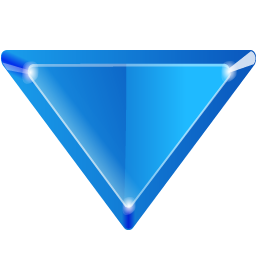 |
What makes a frog an amphibian but a snake a reptile? Both classes may lay eggs, but they have different skin coverings and breathe in different ways. Pages of fun facts will help kids identify each animal in the class like a pro after reading the fourth book in Arbordale’s Compare and Contrast series. Similar to Polar Bears and Penguins, Clouds and Trees; Amphibians and Reptiles uses stunning photographs and simple non-fiction text to get kids thinking about the similarities and differences between these two animal classes. This nonfiction picture book with a cuddle factor includes a 4-page For Creative Minds section in the back of the book and a 67-page cross-curricular Teaching Activity Guide online. Amphibians and Reptiles is vetted by experts and designed to encourage parental engagement. Its extensive back matter helps teachers with time-saving lesson ideas, provides extensions for science, math, and social studies units, and uses inquiry-based learning to help build critical thinking skills in young readers. The Spanish translation supports ELL and dual-language programs. The interactive ebook reads aloud in both English and Spanish with word highlighting and audio speed control to promote oral language skills, fluency, pronunciation, text engagement, and reading comprehension. Written by Katharine Hall
32 pg, 8.5 x 10, Ages 4-8, Grades K-3, Lexile: 690, AR: 3.40, F&P: N
| |
|
|
|
|
|
| Keywords: compare & contrast, animal classification, amphibians, reptiles, vertebrate classification, metamorphosis, complete metamorphosis, life cycles, Compare and Contrast Series
|
|
| Animals in the book: alligator, caecilians, crocodile, frogs, lizards, poison dart frog, salamanders, sea turtles, snake, tuatara, turtle |
|
| Vetters: Thanks to Dr. Kenneth L. Krysko, Division of Herpetology at the Florida Museum of Natural History, for reviewing the accuracy of the information in this book. |
|
Books in this "Compare and Contrast Series" include:
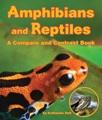

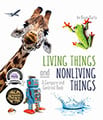
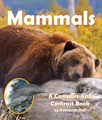
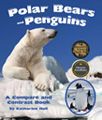
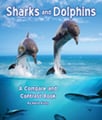
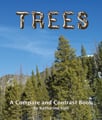
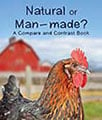
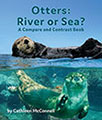
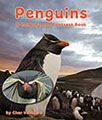
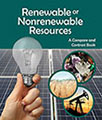
Reviews:
In large print and beautiful close-up photographs, the author explains to young readers the differences between amphibians and reptiles. Using scientific terminology throughout the book, students who love "critters" will enjoy learning about the study of herpetology. - Literacy Daily
For her young audience, the author introduces these coldblooded vertebrates and points out some essential differences in egg-laying, early development, breathing, skin, and poison or venom. - Kirkus Reviews
This is an excellent introduction to the topic that primary teachers will embrace. - Puget Sound Council for the Review of Children's Media
Author/Illustrator Info:

Katharine Hall is a life-long nature lover and avid reader. She hopes the Compare and Contrast series will help children use critical thinking skills to explore and learn about the natural world around them. Katharine has written four books in the series: Amphibians and Reptiles, Polar Bears and Penguins, Clouds and Trees. Katharine and her husband live in South Carolina with their dogs and two mischievous cats.
|
| |
|